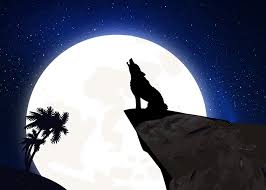I read the Robin Hood tales, which are actually songs or I guess poetry. Which makes since, given the prevalence of bards and minstrels and whatever in Old England. I loved the animated Disney Robin Hood as a kid, so I was looking forward to reading the originals. What is so funny about the originals is that Robin Hood actually loses a lot more fights than he wins, which was kind of weird to me considering that he has this reputation as heroic, untouchable figure. I guess time and pop-culture have sort of strayed away from the original tone of the stories.
But even though Robin Hood kind of gets his butt handed to him a lot, I can still see why he was a culture hero. When he comes to a worthy opponent, he makes sure to give them their props for not being able to defeat him. A lot of the Robin Hood stories follow this formula: Robin Hood comes across someone minding their own business in the forest, he asks them what their selling/carrying/doing, he decides that he's going to rob them/distract them/totally flaunt their authority, and then he challenges them to a fight. After they end up fighting, one of three things will happen: 1) Robin Hood will win (rare) 2) Robin Hood will start to lose, and will call on the horn for his merry men 3) Robin Hood will just lose.
When he calls for his merry men, usually it's Little John who gets the task of fighting for Robin Hood. But he never succeeds where Robin has failed. So when Robin Hood loses, he either takes the guy out for a drink, or he invites him to join the merry men. This is why Robin Hood is a culture hero: because he's proud, but not so proud that he won't acknowledge someone else's skill. And some people today might think that it's dangerous to surround yourself with people who can beat you, but I think that's why the merry men followed Robin Hood. He only wanted the best of the best, and it's always better to follow a man with strength of character than it is to follow a man with physical strength...even if he is a gangster.
I have decided that I will add another story to my portfolio based on the Robin Hood stories. He really was a gangster--literally. He claims the forest is his because he "runs" it, he takes what he wants from people, he uses force and a gang of men to get his way. I think it would be fun to do the story of Allen a Dale in a modern setting--with Robin Hood and the Merry Men as 20th century gangsters.
 |
"Robin Hood, Original Gangster" by Silly Shirt Store- College Shirts
via Zazzle |












